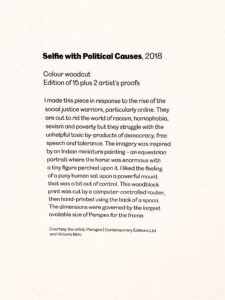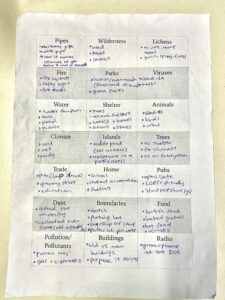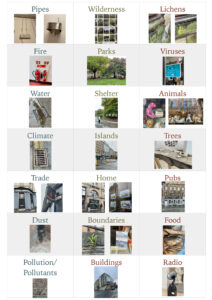Week 6 – Annotated Bibliography: Rethink How We Package Materials
Alexander, C, & Reno, J (eds) 2012, Economies of Recycling : The Global Transformation of Materials, Values and Social Relations, Bloomsbury Academic & Professional, London. Available from: ProQuest Ebook Central. [26 October 2023].
Recycling, a key aspect of environmental reform since the 1970s, involves converting used materials into new ones. It faces challenges due to the cost of keeping materials in place for revaluation, often leading to dumping waste in regions with lax regulations. This book explores the moral and political significance of recycling in transforming nature and human beings, highlighting its impact on diverse people and regions. It also discusses the historical shift from household recycling to organized urban recycling and its influence on modernity.
Ebnesajjad, S (ed.) 2013, Plastic Films in Food Packaging : Materials, Technology and Applications, Elsevier Science & Technology Books, San Diego. Available from: ProQuest Ebook Central. [26 October 2023].
This book introduces the use of plastics in food packaging, emphasizing commercial plastic films that act as barriers to protect food from contaminants. It explores the significance of flexible packaging in preserving food quality, replacing traditional containers for some products. The book also delves into the chemistry of various plastics used in packaging films and highlights the role of specialty polyesters like PET and PEN in the industry.
Ingold, T 2000, Perception of the Environment : Essays on Livelihood, Dwelling and Skill, Taylor & Francis Group, London. Available from: ProQuest Ebook Central. [26 October 2023].
This book traces its roots back to the author’s academic journey, motivated by a desire to unite the realms of natural science and humanities within anthropology. It highlights the author’s quest to bridge the gap between biophysical and sociocultural anthropology, emphasizing the essential complementarity of these dimensions in understanding human existence. It proposes a relational, ecological, and developmental synthesis that breaks down the traditional dualism between person and organism. Additionally, it grapples with the challenges of using concepts like “the Western” and “the modern” while emphasizing the importance of critical inquiry and rational thinking within academia.
Ouyang, Y, Xu, M, Yang, L, & Liu, XT (eds) 2014, Research on Food Packaging Technology, Trans Tech Publications, Limited, Zurich. Available from: ProQuest Ebook Central. [26 October 2023].
This book discusses the “2013 China Academic Conference on Food Packaging,” a collaborative effort between the China Academy of Printing Technology and Tianjin University of Science and Technology. It highlights the growth of China’s packaging industry and its importance in ensuring food safety. The conference covered topics such as new materials in food packaging, food packaging safety, and the application of technology in food safety.
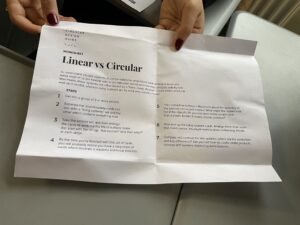 Linear vs. Circular workshop description. Photo by Christina Yang.
Linear vs. Circular workshop description. Photo by Christina Yang. Life of a plastic water bottle. Photo by Christina Yang.
Life of a plastic water bottle. Photo by Christina Yang. Linear system. Photo by Christina Yang.
Linear system. Photo by Christina Yang.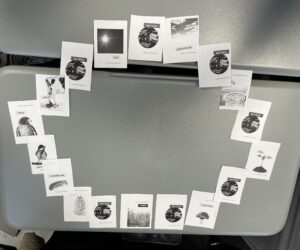 Circular system. Photo by Christina Yang.
Circular system. Photo by Christina Yang. Group exploration: Food Packaging. Photo by Christina Yang.
Group exploration: Food Packaging. Photo by Christina Yang.
